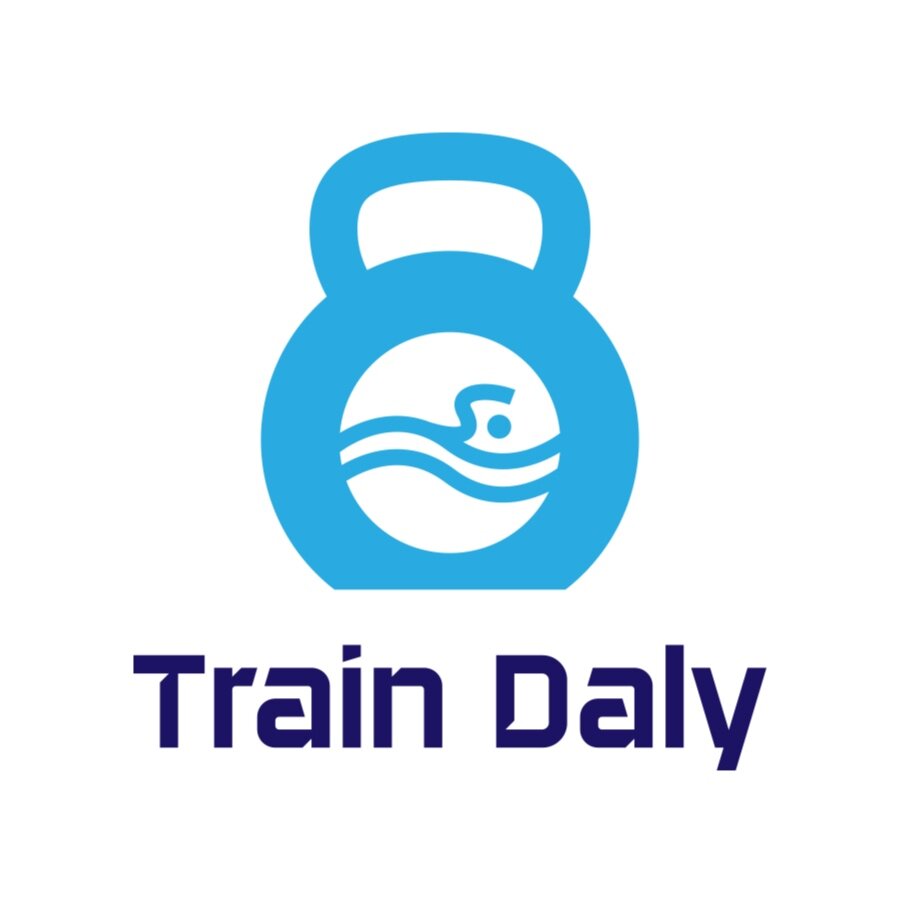Dryland Resistance Training for Youth Swimmers: Expert Guidance and Benefits
/In the realm of youth sports, including swimming, there has been a growing realization that strength training, also known as resistance training, plays a pivotal role in the holistic development of young athletes. Contrary to outdated beliefs and misconceptions, expert guidance from pediatric doctors, exercise physiologists, and strength and conditioning professionals, supported by organizations like the UK Strength and Conditioning Association (UKSCA) and the US National Strength and Conditioning Association (NSCA), confirms the overwhelming positive body of evidence for youth resistance training. In this article, we will explore the expert guidance and the multifaceted benefits of incorporating age-appropriate resistance training into the regimen of youth swimmers.
Expert Guidance on Youth Resistance Training
The UKSCA and NSCA, renowned authorities in strength and conditioning, provide a clear stance on youth resistance training. Backed by pediatric doctors, exercise physiologists, and strength and conditioning experts, they emphasize that age and experience-appropriate resistance training, under professional supervision, offers numerous benefits. These benefits go beyond just enhancing coordination, muscular strength, and power. They extend to improving body composition, cardiovascular health, bone density, and mental well-being, ultimately contributing to overall health and reducing the risk of injury.
Endorsement by the World Health Organization (WHO)
The importance of resistance training in youth development is underscored by the World Health Organization (WHO), which has included it as part of the physical activity guidelines for young individuals. These guidelines are particularly significant in the current era, where contemporary youth are less active than previous generations, leading to a decline in muscular strength levels among school-age children. Shockingly, physical inactivity is now ranked as the fourth leading risk factor for global mortality. Encouraging young children to engage in physical activities, sports, and structured exercises is imperative for laying the foundation for healthy habits that persist into adulthood.
Dispelling Myths About Bone Health and Growth Plates
One of the persistent myths surrounding youth resistance training is the concern about its impact on a child's bones and growth plates. However, this concern has been debunked by scientific evidence that supports the positive development of bone density through controlled and supervised weight-bearing activities. In fact, such activities can help reduce the risk of injury, particularly to growth plates and developing soft tissues. It's worth noting that the forces experienced in most sports often exceed those encountered in a well-supervised resistance training environment, which emphasizes planned progressions, age-appropriate exercises, and safety measures.
Empowering Young Women in Sport
For young women in particular, musculoskeletal development can significantly influence their risk for poor movement mechanics, which may lead to suboptimal knee positioning under load. This vulnerability increases their risk of ACL tears in the knee. However, coaching and strength training can play a pivotal role in developing better technique, resilience under load, and fatigue management in sport. By focusing on these aspects, young female athletes can significantly reduce their risk of injury.
Balanced Program Design
The NSCA recommends that youth participate in up to 60 minutes of moderate to challenging, varied, and enjoyable physical activity daily, tailored to their biological and training age. A well-rounded program should encompass all components of health-related physical activity, including cardiovascular exercises like swimming or biking, as well as resistance-based exercises. These resistance training programs should prioritize proper technique and safety, incorporating a variety of tools such as bodyweight exercises, machines, free weights, medicine balls, and resistance bands.
Considerations for Program Design
When designing resistance training programs for young athletes, it's essential to consider their biological and training ages rather than solely relying on chronological age. Physical maturity can vary by 4-5 years within the same chronological age group, and there may be differences in years of training experience. Tailoring programs to the individual's specific developmental stage ensures that the exercises and loads are appropriate and safe.
Conclusion
In conclusion, the benefits of youth resistance training are well-established and endorsed by reputable organizations and experts. Dispelling outdated concerns about its impact on bone health and growth plates, resistance training provides a multitude of physical and mental advantages, including improved strength, cardiovascular health, and bone density. With the global challenge of physical inactivity and the imperative to promote lifelong health, structured resistance training is a key component in shaping healthy, confident, and injury-resistant young athletes. To maximize these benefits and minimize the risk of injury, it's crucial for athletes and their parents to seek guidance from qualified strength and conditioning professionals who can tailor programs to the individual's unique needs and development stage. By including resistance training as part of their year-round regimen, young swimmers can enhance their short and long-term health, reduce the incidence of injury, and elevate their performance to new heights.






